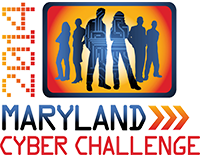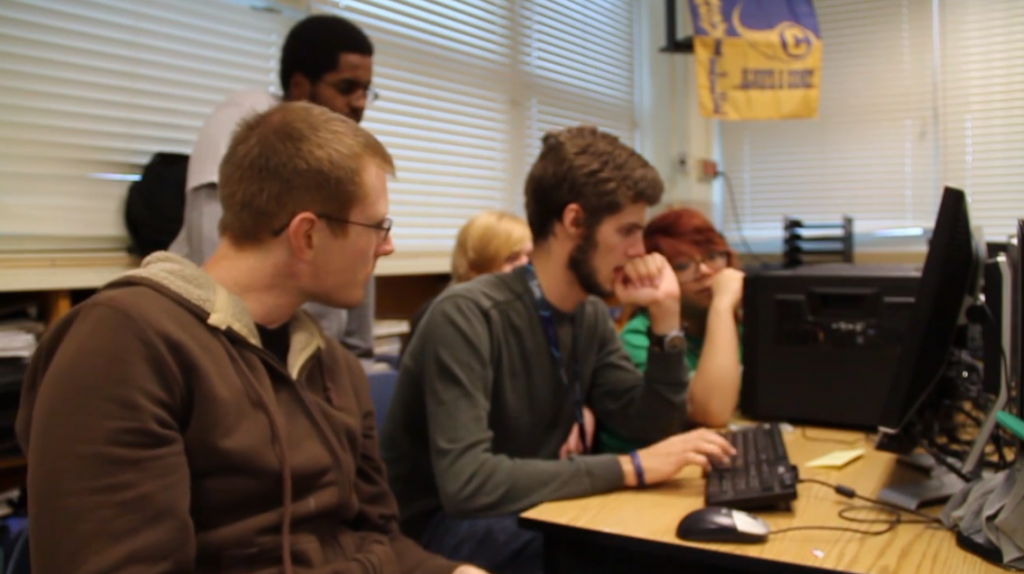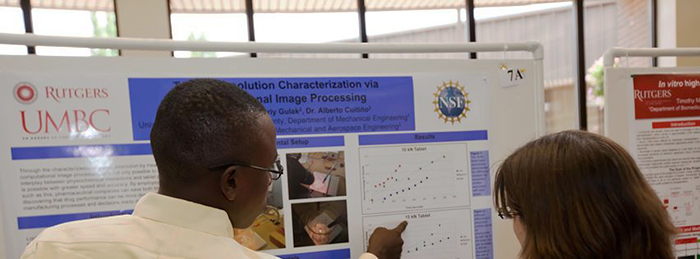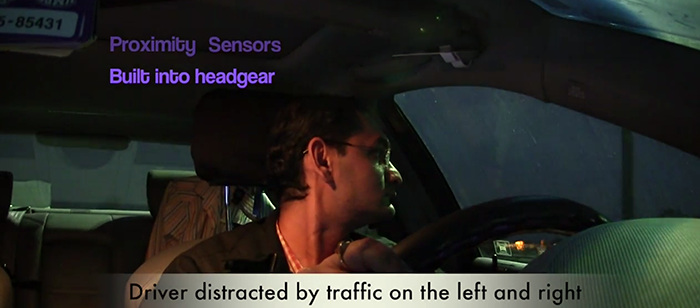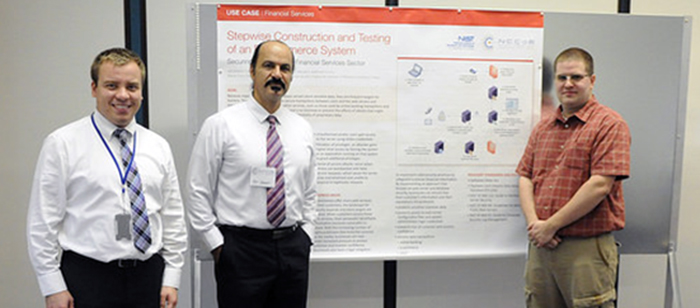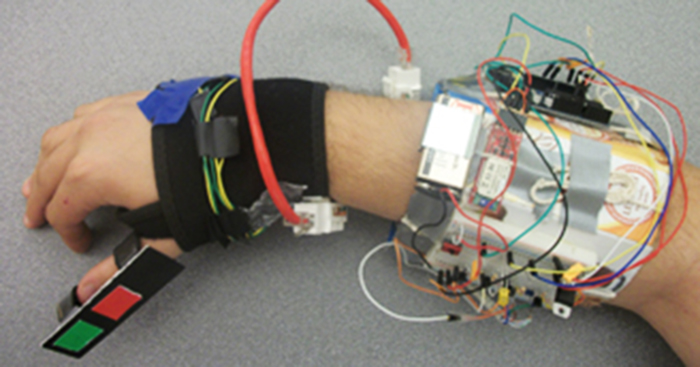Each year, the UMBC Alumni Association presents awards to honor alumni for their professional and personal achievements and service to the University. The 2014 awards will be presented on Thursday, October 9, 2014, at an awards ceremony in the Performing Arts and Humanities Building on the UMBC campus.
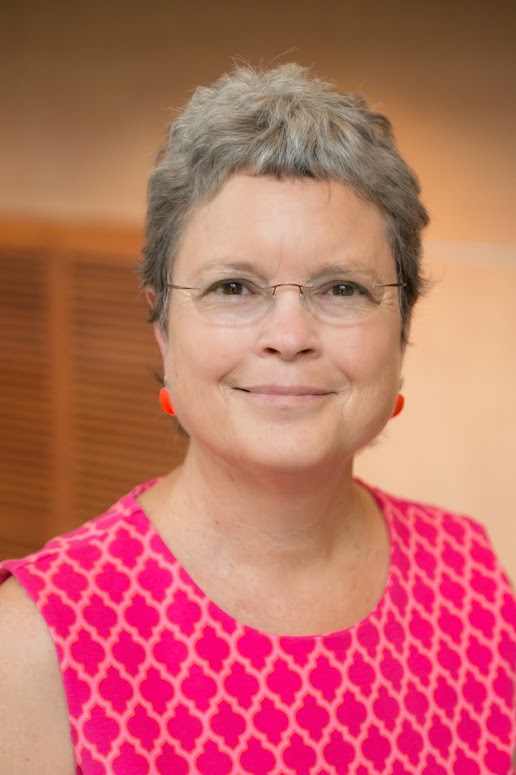
This year’s Alumna of the Year for Engineering and Information Technology is Claudia Pearce (’89 M.S. in Computer Science and ’94 Ph.D. in Computer Science) who is currently the Senior Computer Science Authority at the NSA. In her time at the NSA, Pearce has created development programs for computer science and information technology new-hires to NSA, a short-course series on high-end topics in CS and IT, a summer intern program and organized a distinguished lecture series. In addition, she has created a computer science grants program with the National Science Foundation, for computer science education and outreach. She has also served on the Advisory Board of the Anita Borg Institute for Women in Technology.
Prior to becoming the NSA’s Senior Computer Science Authority, Pearce served as the Chief of Knowledge Discovery Sciences, where she directed a research team that created Knowledge Discovery applications.
From 2000-2003, Pearce was part of the Senior Technical Development Program. While involved with this program, Pearce collaborated with organizations such as the Johns Hopkins Applied Physics Lab and Magnify Research, Inc., on topics such as “applications of data mining techniques to natural language processing.” As a Senior Computer Scientist from 1985-2000, Pearce conducted research in the area of databases and information retrieval systems.
Pearce received a B.S. in Mathematics from the University of Florida in 1973, graduating with High Honors and a Phi Beta Kappa distinction. She received an M.S. in Industrial and Systems Engineering from the University of Florida in 1974. In 1989 she received an M.S. in Computer Science from UMBC. She also received a Ph.D. in Computer Science from UMBC in 1994.
Pearce has described UMBC’s campus atmosphere as “very collegial.” She goes on to describe her decision to attend UMBC vs. College Park, explaining that, “[When] I came to UMBC…it seemed like a really friendly place. It was very small at the time, so it seemed like it was accessible…whereas College Park was this really big, almost overwhelming kind of environment. And I liked the small environment, the close-knit environment that you get at UMBC.”
Pearce is currently involved in research at UMBC. Earlier this year, she helped to organize a workshop sponsored by the NSF and the Department of Defense, titled “Beyond Watson: Predictive Analytics and Big Data.”
The research that inspired the Beyond Watson workshop ties into questions that are relevant to information retrieval systems. Questions such as “how do you find the right documents out of very large collections of text?” and “what are the kinds of languages, tools, techniques, infrastructure [needed]…to build our own Watson?” Pearce notes that she’s “always been interested in databases, and in particular text and natural language databases, and this notion of answering questions.” Furthermore, information retrieval systems was the topic of her Ph.D. dissertation.
Claudia lives with her husband Jonathan Cohen in Glenwood, MD. She is “an avid snow skier, quilt maker and trumpet player.”
